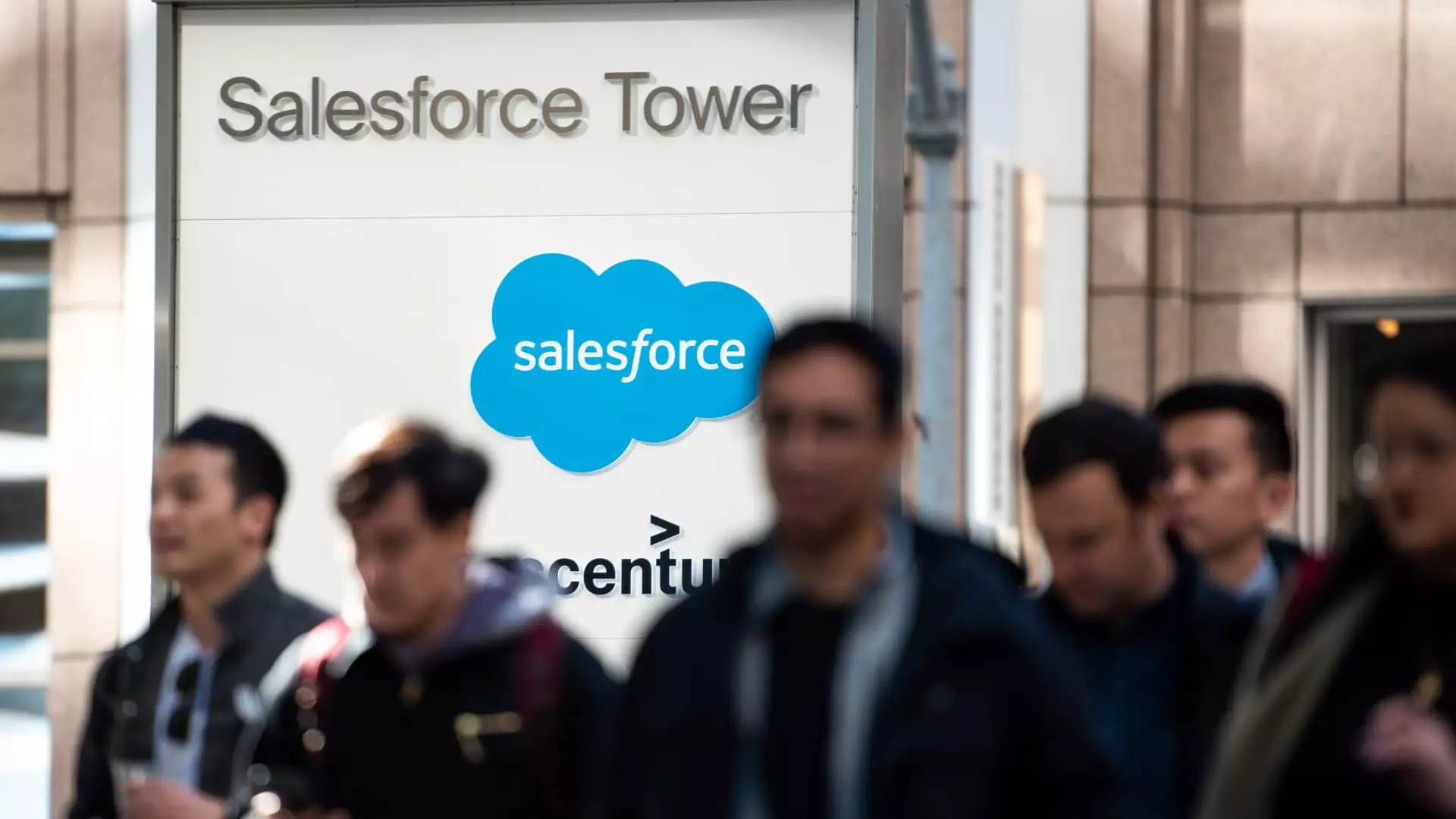Artificial intelligence has had a significant impact on various industries, including the real estate market in San Francisco. While it has brought some positive outcomes, such as the increased popularity of generative AI and the interest of fast-growing startups in opening large offices in the city, it is not enough to offset the challenges faced by the market as a whole.
The vacancy rate for San Francisco office space hit a record high of 34.5% in the second quarter, indicating a significant oversupply in the market. Additionally, the average asking rent dropped to $68.27 per square foot, the lowest since late 2015. This downward trend in rents and high vacancy rates can be attributed to various factors, including the struggle to bring people back to the office post-Covid pandemic and a slowdown in the tech market leading to mass job cuts across the industry.
While AI has played a role in the San Francisco real estate market, particularly through the interest of tech startups in leasing office spaces in the city, it is not a panacea for the challenges faced by the market. Companies like OpenAI, with a private valuation exceeding $80 billion, have leased significant amounts of office space in San Francisco. However, these leases by AI startups are not sufficient to reverse the broader trend of declining rents and increasing vacancies in the market.
One of the prevailing trends in the San Francisco real estate market is the shift towards hybrid work models, leading to a reduction in office footprints when existing leases come up for renewal. Tech companies, law offices, and consulting firms are seeking higher quality office spaces in more desirable locations to attract employees back to the office. This trend is driven by the need for proximity to amenities such as restaurants and shops, as well as the desire to be in prime locations with top-notch facilities.
The impact of these changes can be seen in the vacancy rates across different districts in San Francisco. While some areas like the financial district have seen a slight decrease in vacancy rates due to the return of employees to offices part-time, others like SoMa continue to struggle with nearly 50% vacancy rates. The shift towards remote work, coupled with the challenges faced by these areas such as lack of transit options and retail closures, has contributed to the high vacancy rates across the city.
Despite some positive signs in the market, such as expected improvement in absorption rates and stabilization of office job numbers, there is still uncertainty surrounding the future of the San Francisco real estate market. With the potential for rents to continue to fall and vacancies to rise, the market remains in a precarious position. Factors like the upcoming presidential election could further delay decision-making by tenants, adding to the uncertainty in the market.
While artificial intelligence has made an impact on the San Francisco real estate market, it is not a silver bullet for the challenges faced by the industry. The market continues to grapple with high vacancy rates, declining rents, and shifting workplace dynamics, pointing to a complex and evolving landscape for real estate in the city.

